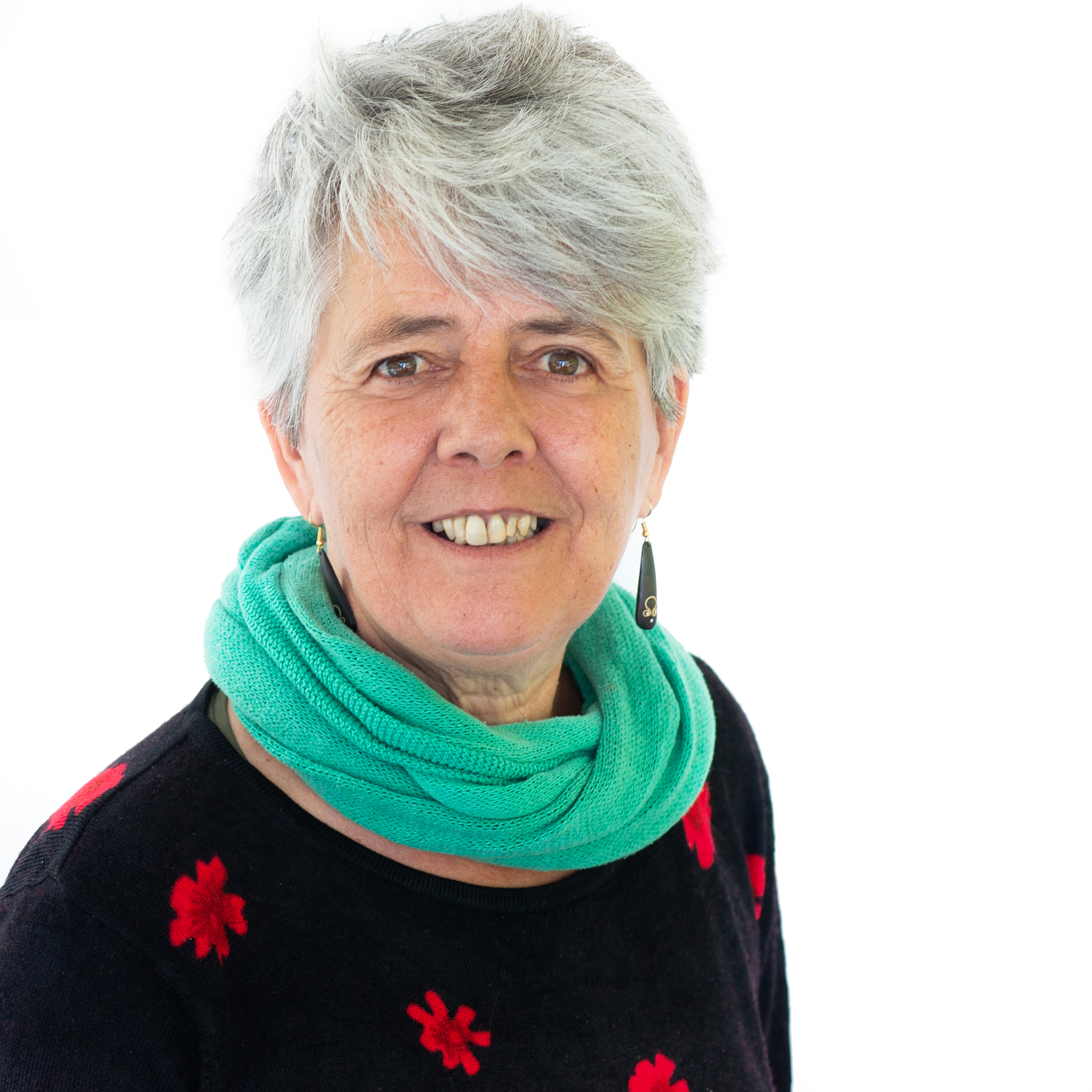The Green Livelihoods Alliance stands in solidarity with…
11 March, 2025
Monday 19 march 2018
Header photo: Forest inventory by young community leaders © TRIP NET
The indigenous Karen people in the resource-rich Tanintharyi Region have a centuries long tradition of sustainable natural resource management. However, now the region has become the center of attention for both business development and conservation efforts, these local communities have little chance to influence the decisions regarding the forest and farmland on which they depend. ‘We are objecting this top down approach,’ says Frankie Abreu, coordinator of the Tenasserim River & Indigenous People Network (TRIP NET). ‘If conservation involves the community and is participatory then it is more likely to work.’
‘Communities are also part of the ecosystem,’ he continues. ‘And we need that ecosystem to live. It is in our best interest to protect the forest in order to utilize it in a sustainable way.’ To ensure local communities can assert their right to fully participate in ongoing and future development processes, and can continue to control and manage their natural resources according to their culture, TRIP NET with support of IUCN NL, trains local youths to become community leaders for sustainable development. ‘These young leaders will stimulate their communities to plan their own bottom up approach to conservation,’ Evelien van den Broek, Senior Expert Environmental Justice at IUCN NL, explains.
TRIP NET developed a 9-month volunteer program. ‘Past year, fourteen young leaders participated in an intensive skills development and experiential learning process,’ says Abreu. ‘They were trained to work with their own and other communities to promote sustainable livelihoods, nature conservation and to encourage community-based land use management.’ This means not only the participating youth, but also their communities gained enhanced knowledge, skills and tools to practice and promote sustainable livelihoods and sustainable resource management in their landscapes.
One objective of the training program is to establish and manage community conservation zones. ‘Unlike in a government led protected area,’ Abreu explains, ‘these zones reflect the community’s current land use and future needs, based on indigenous, local knowledge of the environment and older cultural practices.’ Through a democratic bottom-up process, villagers decide upon a number of forest conservation categories, such as a wildlife sanctuary, watershed forest, utilization forest, agroforestry area, fish conservation zone and cultural forest. ‘For each category, the community establishes objectives, rules and regulations, based on community consensus.’
To ensure these bottom-up efforts are not in vain, the program also zooms in on policy-making and land rights. ‘With the help of a lawyer group, the young leaders get access to justice to secure community rights,’ Abreu continues. ‘This should result in greater community participation in land and water use planning and decision-making.’
To improve visibility and recognition of their work, communities invite government officials to public events like the commemoration of World Food Day, a tree ordination ceremony and the graduation ceremony of the young community leaders. ‘We are advocating for the formulation and adoption of regulations on community land rights and recognition of indigenous and community conserved areas (ICCAs),’ says Van den Broek.
Within the program Shared Resources, Joint Solutions, IUCN NL supports five partner organizations in Myanmar. Three are civil society organizations working with communities to improve community-based management (including conservation) of natural resources, one is a lawyers network and one is a lobby and advocacy CSO. By bringing these 5 organizations together, we are creating momentum for the creation of a policy framework that safeguards the position of the indigenous groups that rely on Tanintharyi’s ecosystems.
